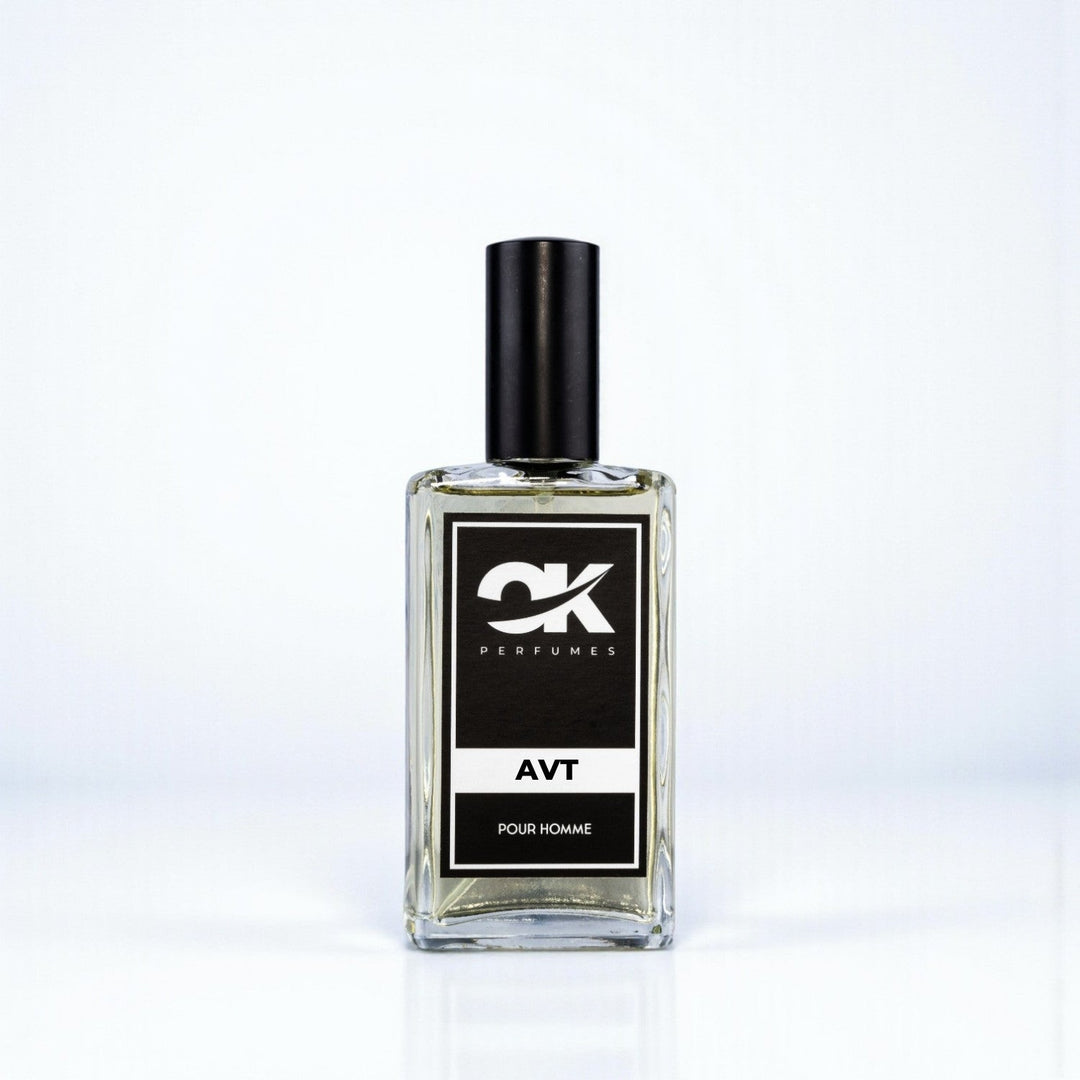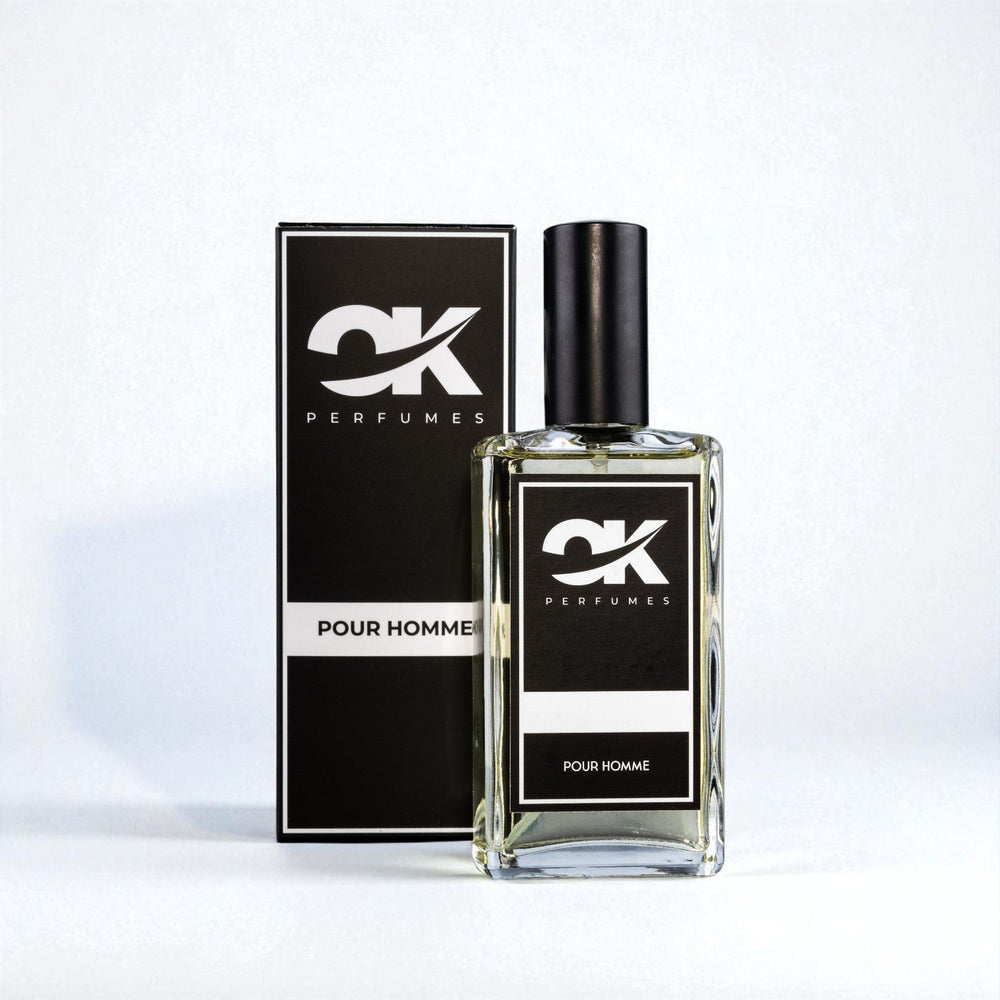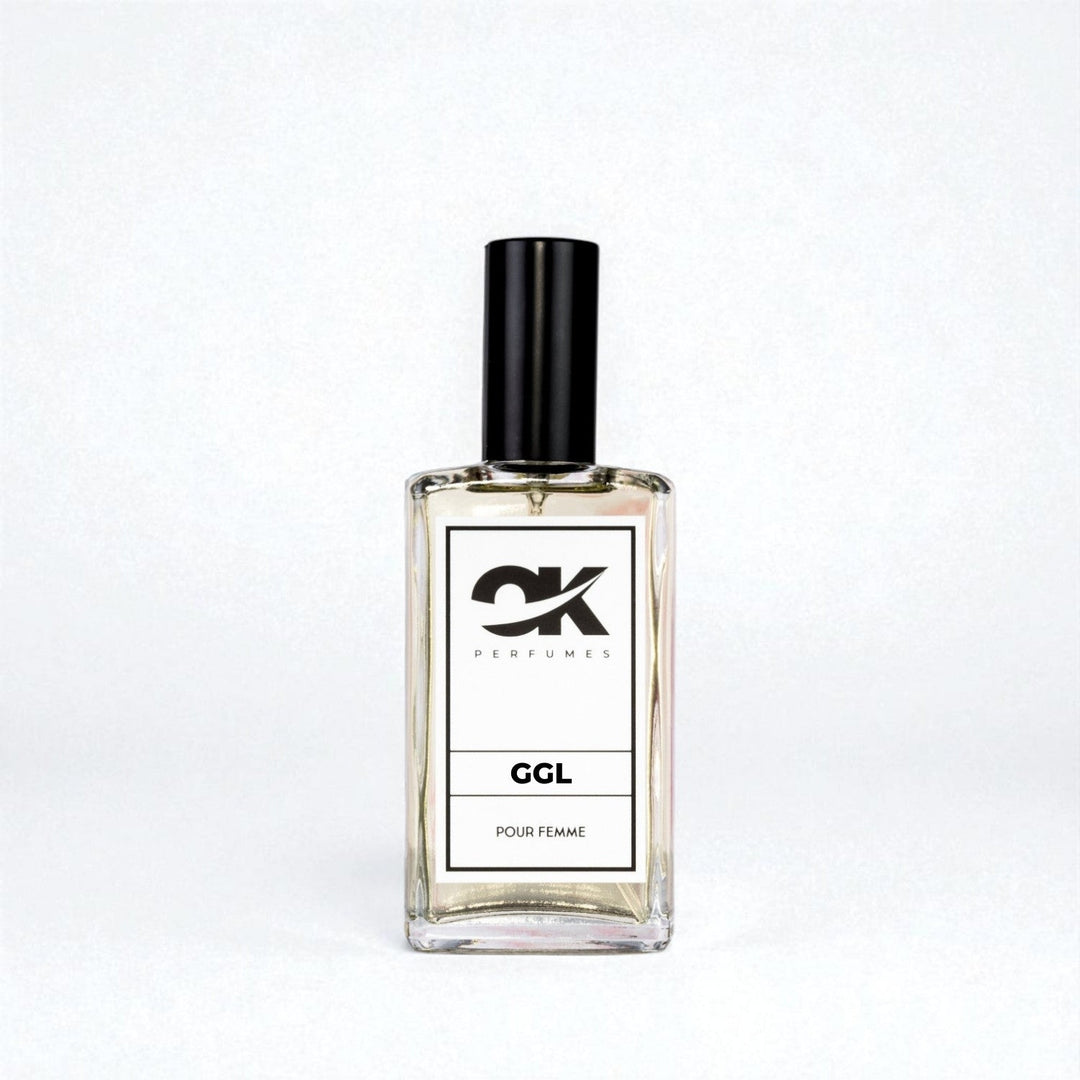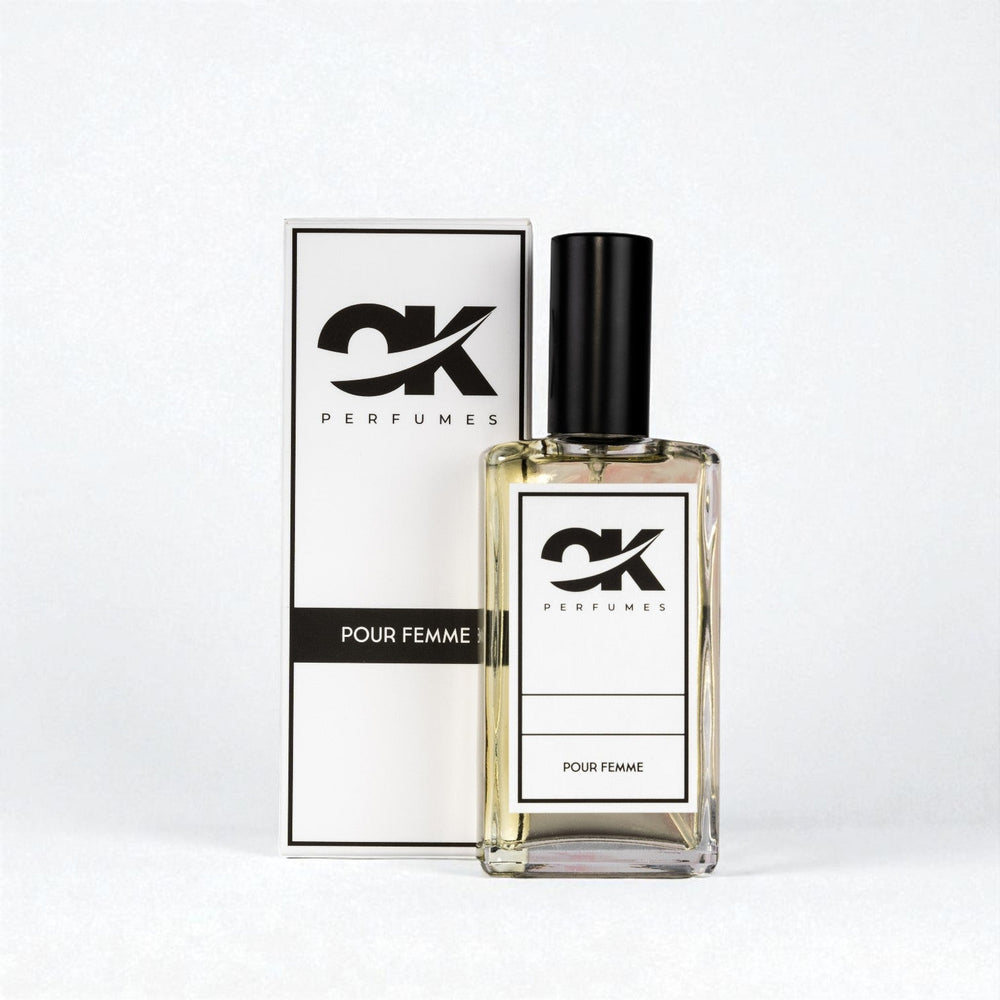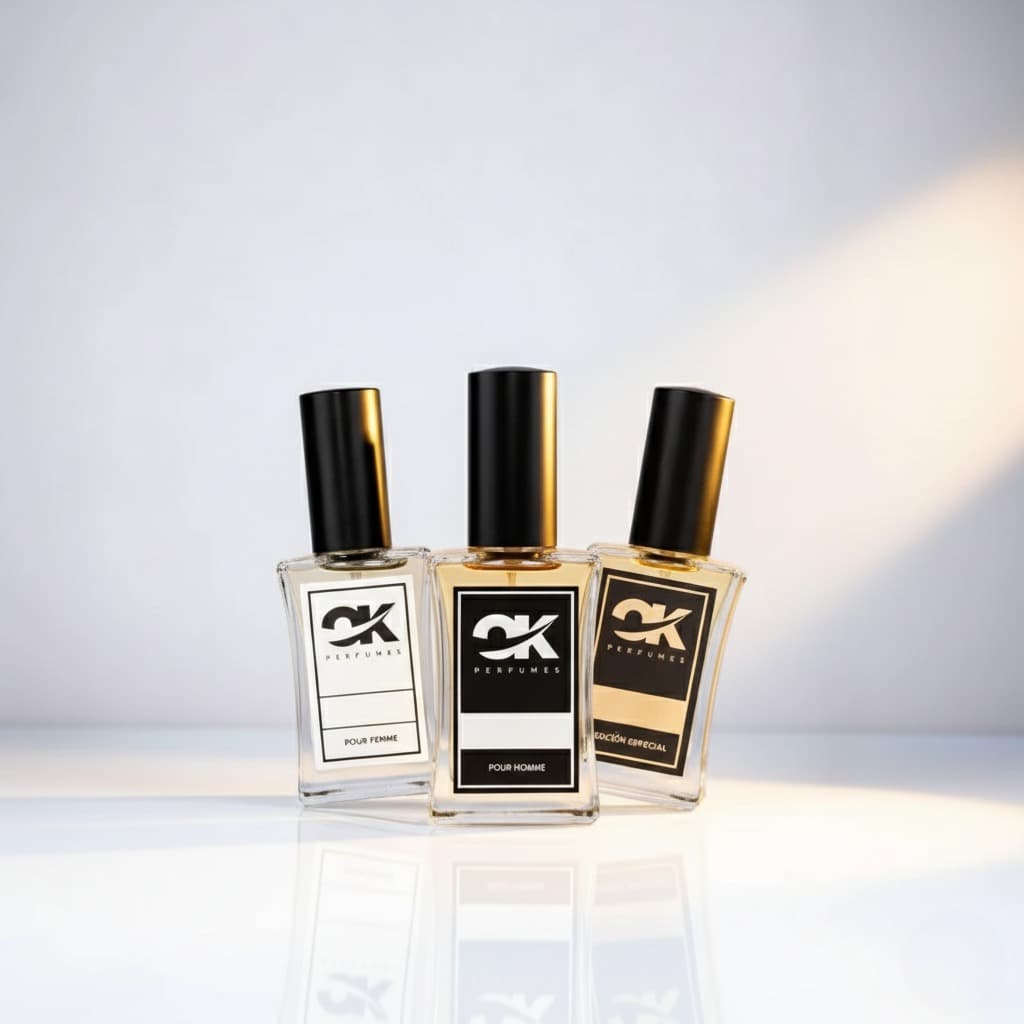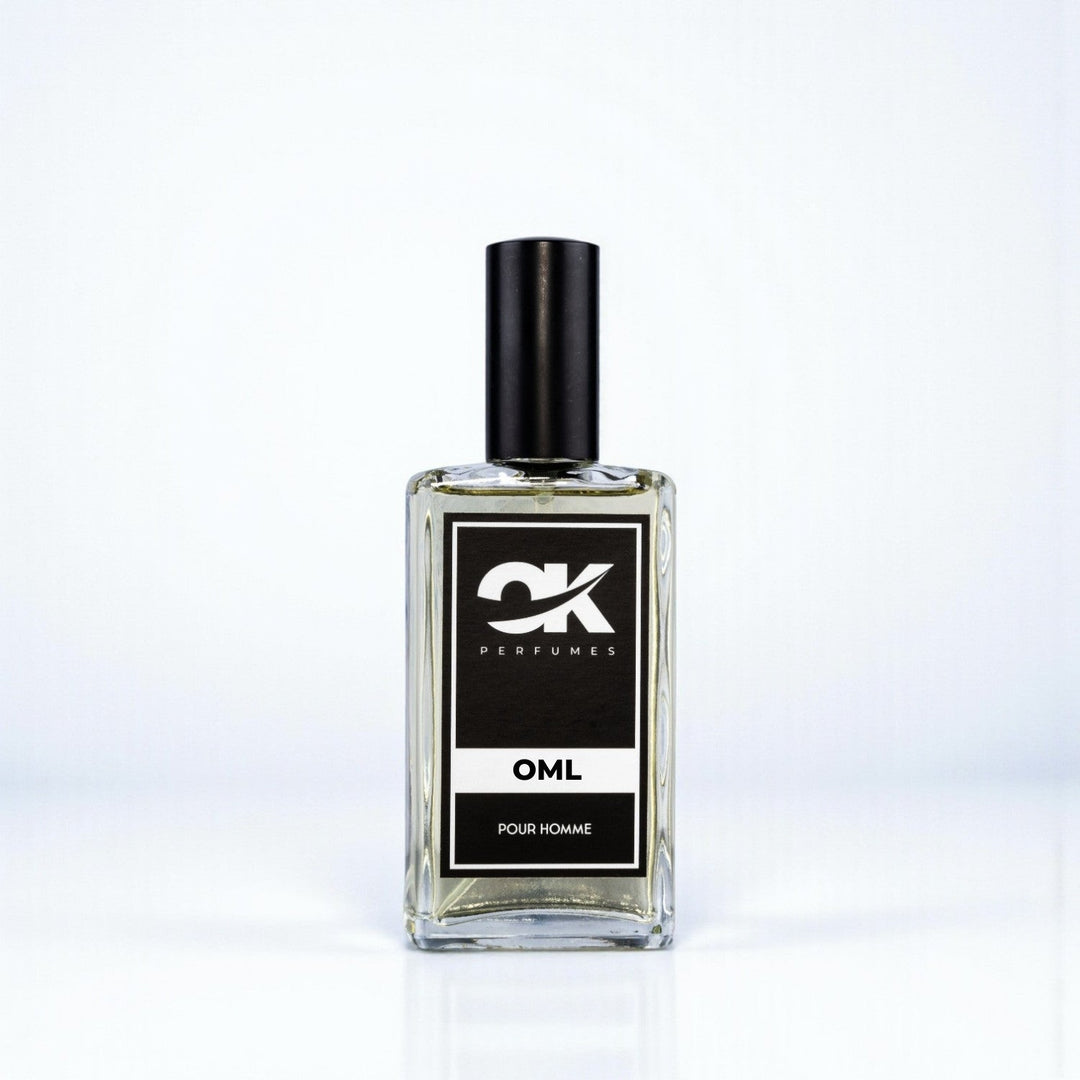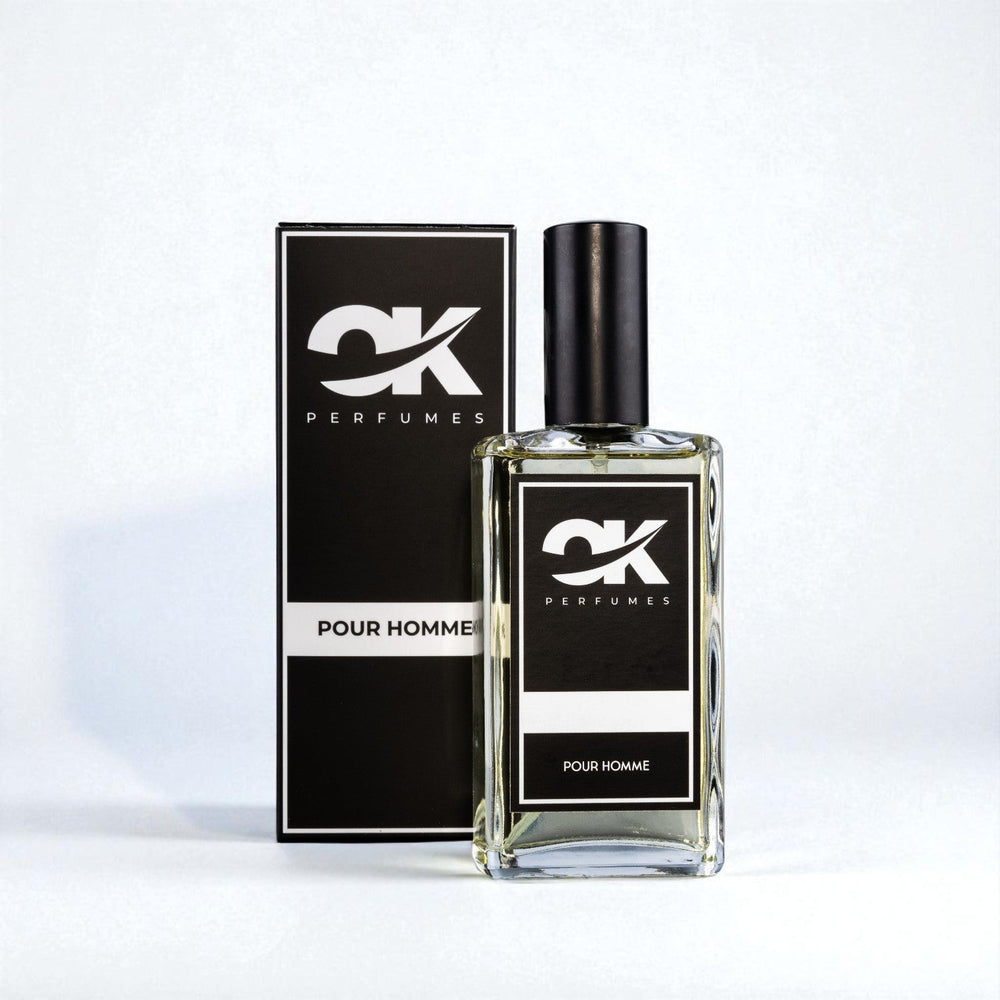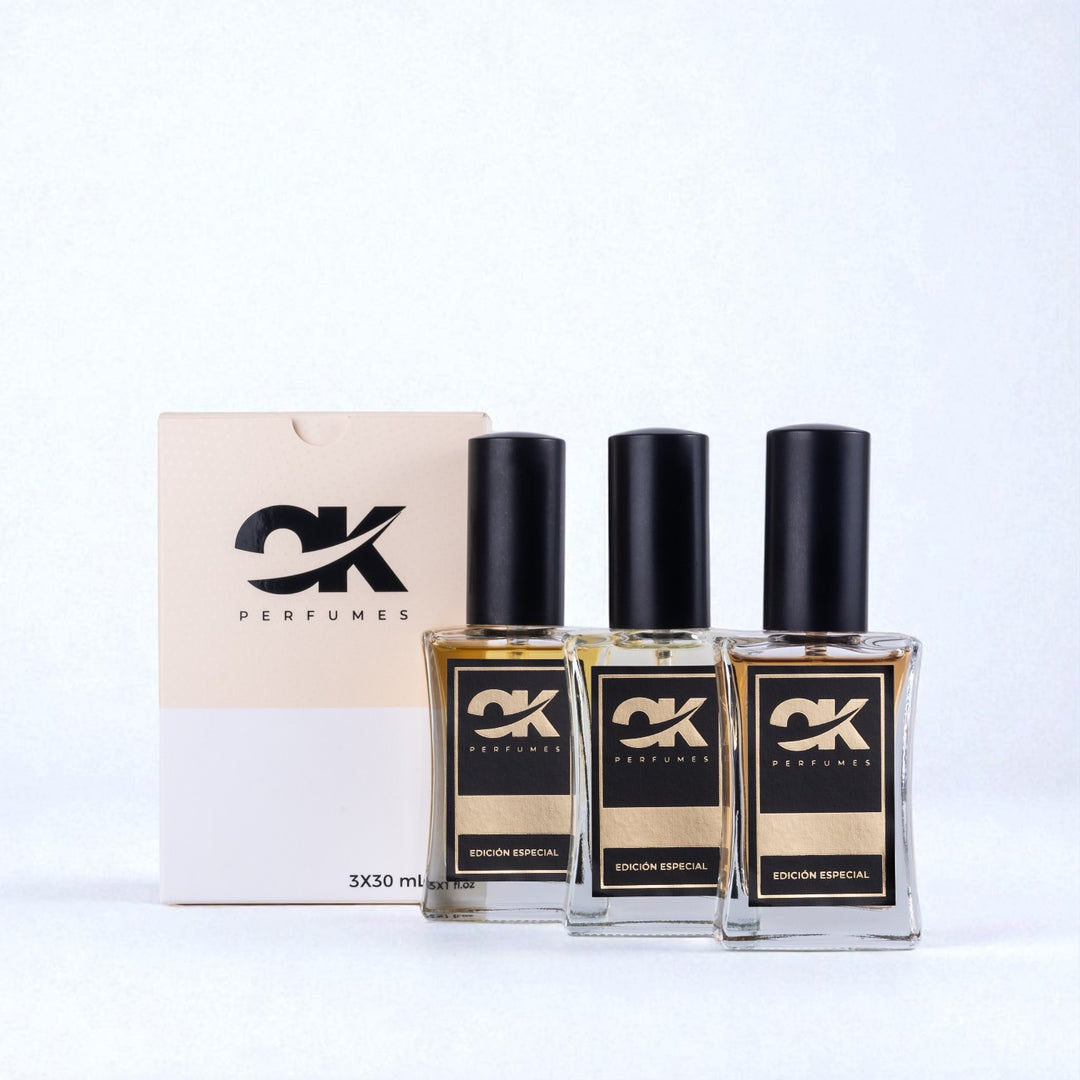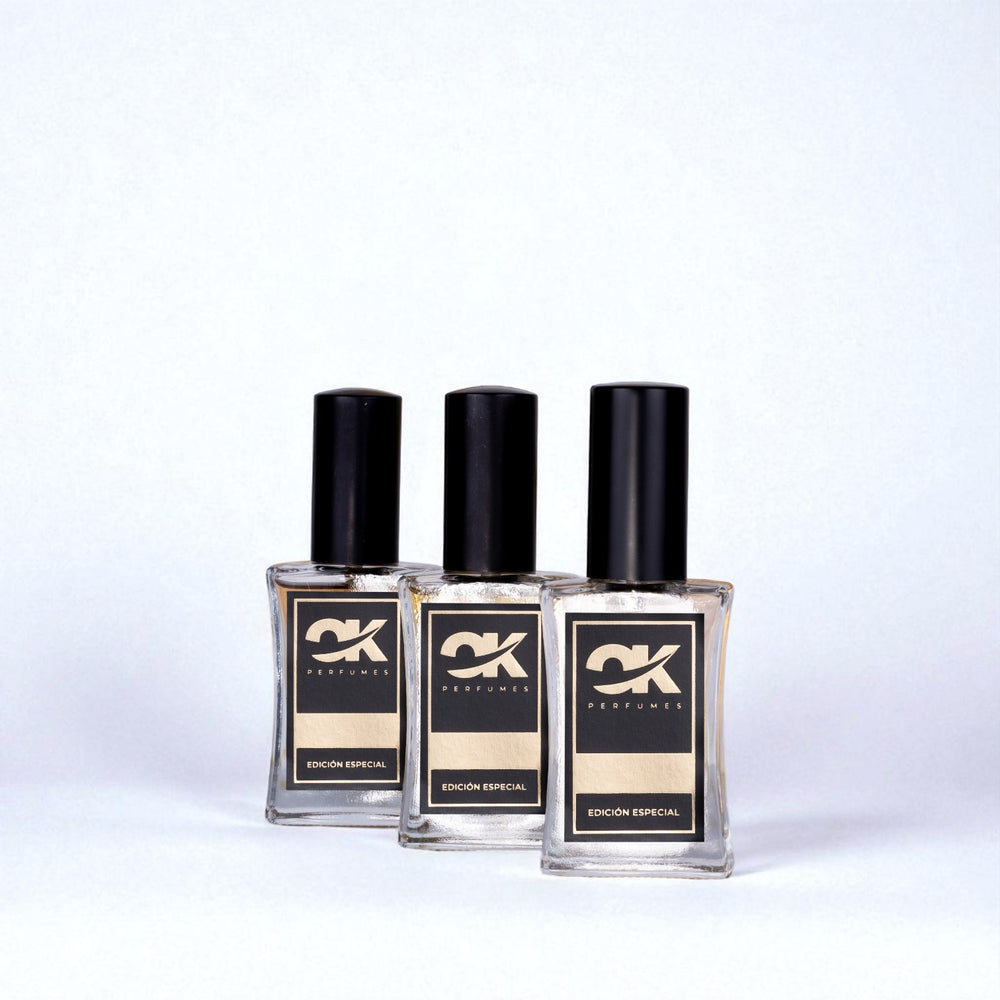Sustainable Fragrances: Eco-Friendly Perfumery
The perfume industry has left a considerable environmental footprint over the years, but in today's context, where sustainability is more crucial than ever, a fundamental question arises: Is it possible to create eco-friendly fragrances? In this article, we'll explore the fascinating world of perfumery and sustainability, highlighting examples such as the popular " Sauvage Dior " and its impact on product quality.
The Meaning of Sustainability in Perfumery
Sustainability in perfumery refers to an approach that prioritizes environmental protection in fragrance production. This includes choosing natural ingredients, responsible growing practices, and recyclable or biodegradable packaging.
Natural vs. Synthetic Ingredients
The debate between the use of natural and synthetic ingredients has existed for years. While natural ingredients are perceived as more eco-friendly, it's essential to consider their source. For example, some essential oils may be extracted in ways that contribute to deforestation or species extinction. In contrast, synthetic ingredients can offer a more sustainable option if produced responsibly.
Examples of Sustainable Perfumery
Today, several brands are working to combine quality with environmental responsibility. Some opt for the use of organic ingredients, while others focus on their carbon footprint.
Eco-Friendly Practices in Fragrance Development
High-quality brands are exploring innovative methods for their production. This includes:
- Responsible harvesting: The collection of plants and flowers in a way that does not compromise their existence in the ecosystem.
- Sustainable packaging: Use of recyclable or reusable materials in fragrance presentation.
- Local production: Working with local producers to reduce transportation and its environmental impact.
The "Sauvage Dior" Case
" Sauvage Dior ," known for its intense freshness and elegance, has also inspired reflection on how luxury brands can adopt more sustainable practices. The quality of this fragrance is undeniable, but that doesn't mean greener solutions can't be implemented in its production.
Commitment of Luxury Brands
Major brands, including those that produce prestige fragrances like " Sauvage Dior ," are beginning to recognize the importance of doing their part for the environment. Some examples of how the industry is changing include:
- Supply chain transparency: Brands are increasingly interested in informing consumers about the production process.
- Partnerships with environmental organizations: Collaborate with NGOs to implement sustainable practices.
Challenges in Creating Eco-Friendly Fragrances
Despite advances in sustainable practices, the perfume industry faces several challenges. One of the most significant is the balance between product quality and environmental responsibility.
Quality versus Sustainability
More and more consumers are looking for fragrances that not only smell good but are also ethically produced. However, this poses a dilemma for established brands: How can they maintain quality while engaging in more sustainable practices? Brands must invest in research and development to explore new ingredients that don't compromise their quality.
What Can Consumers Do?
Consumers also have a key role to play in promoting sustainability in perfumery. Here are some ways to do so:
- Research: Learn about brands that are committed to sustainability and choose them.
- Support small businesses: Many emerging brands focus on sustainable practices and offer quality alternatives.
- Opt for bulk products: This reduces packaging waste and promotes more responsible consumption.
Innovations in Sustainable Ingredients
Innovations in fragrance science are changing the game. Research is leading to the development of synthetic ingredients that mimic natural ingredients without their environmental drawbacks. For example, biotechnology allows scientists to create fragrance components from renewable sources, reducing pressure on natural resources.
Example of Alternative Ingredients
Advances in science have led to the development of ingredients that offer the same quality and complexity of a fragrance, but with a lower environmental impact. Some of these include:
- Biofuels: Used to generate renewable energy in the production process.
- Ethically grown vegetable oils: Produced without harmful pesticides that can harm biodiversity.
The Future of Sustainable Perfumery
The future looks bright in the fragrance space. With a growing demand for responsible products, the industry is at a turning point that could radically transform perfume-making practices. This is an opportunity for brands to reconsider their production methods and align with modern consumer expectations.
Are We Ready for Change?
The question remains whether the perfume industry can adapt sufficiently to meet the demands of a more conscious market. With greater investment in sustainability, education, and the choice of responsible ingredients, brands can offer high-quality options like " Sauvage Dior " while minimizing their environmental footprint.
The Fragrance of Change
Perfumery and sustainability can not only coexist, but thrive together. By embracing a conscious approach, brands can make a positive impact on the planet, all while offering irresistible fragrances. With greater awareness and action, the future of perfumery can be both aromatic and sustainable, creating opportunities for everyone and for our world.




